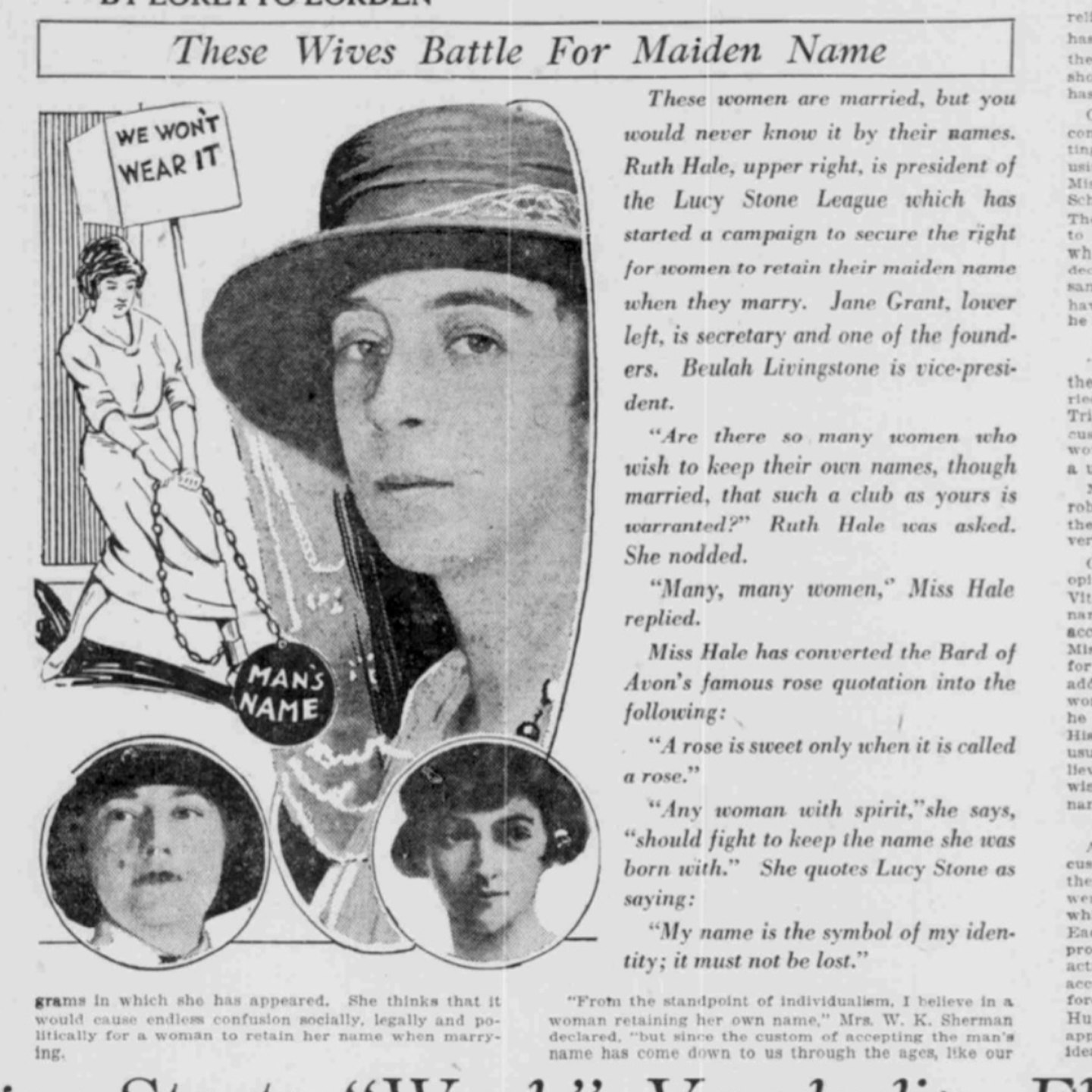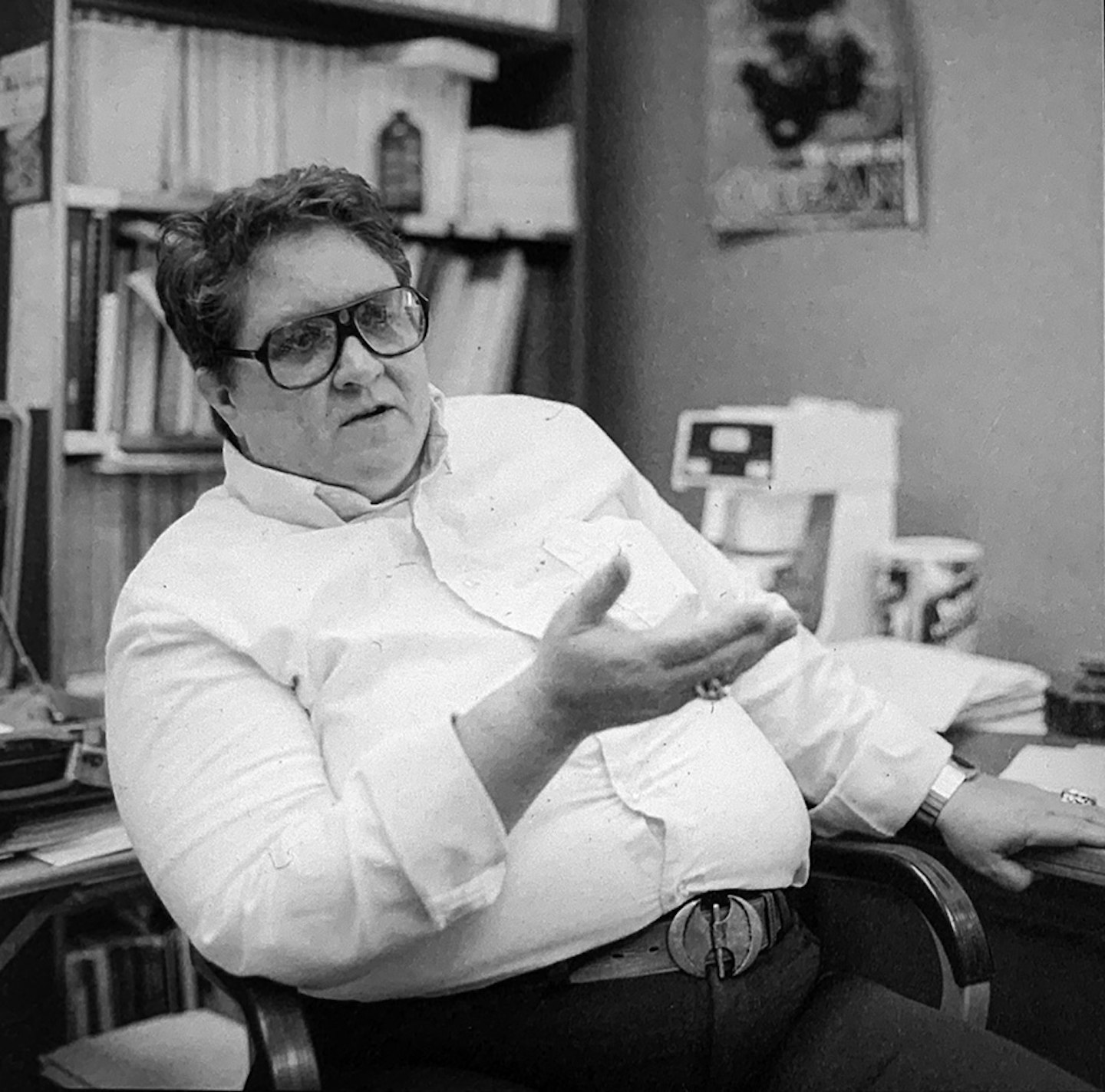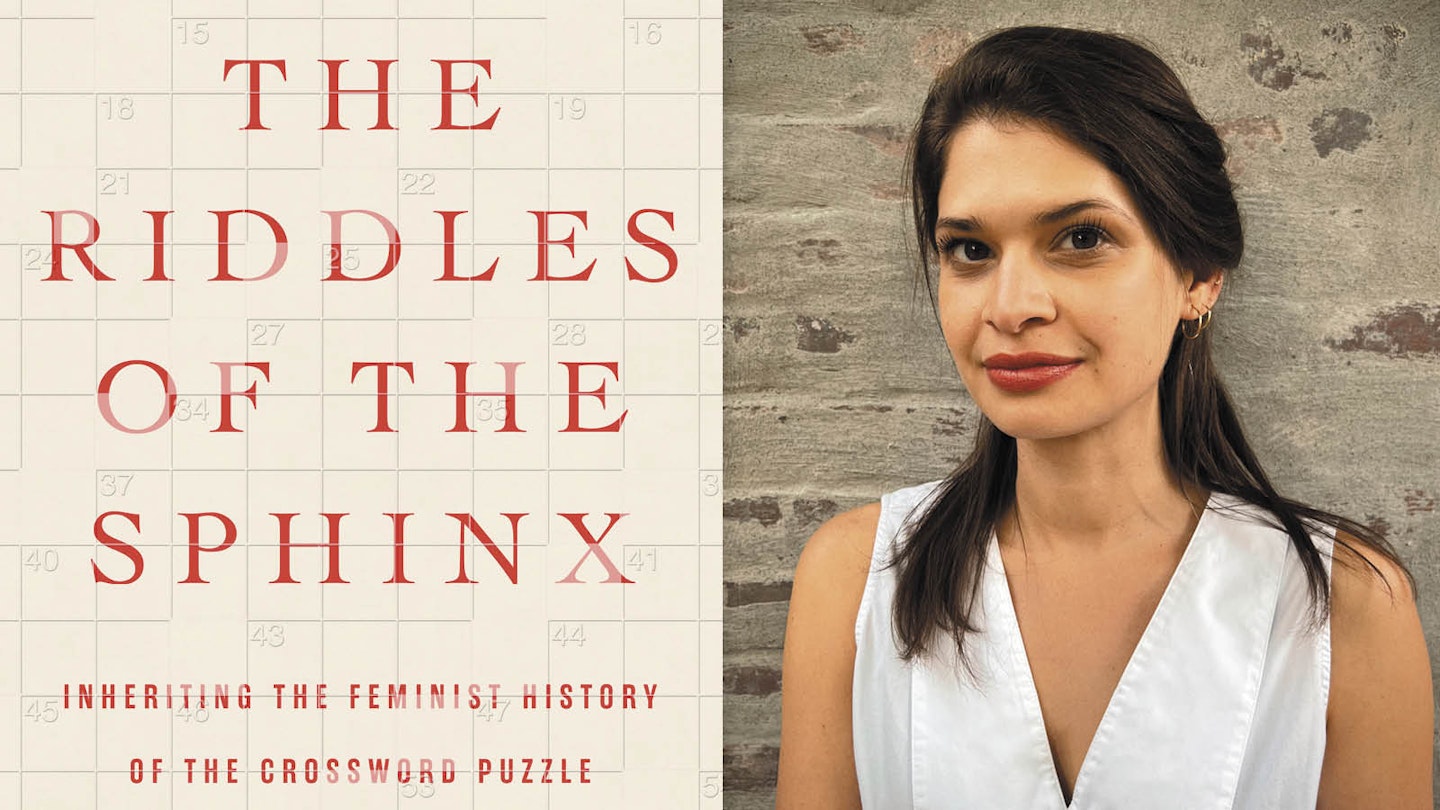“Part of the appeal of a young woman crossword constructor is that she is focusing her intelligence on a frivolity; she is making her smarts unthreatening and benign.”
Solving puzzles (or indeed creating them) has often been derided as an elitist pursuit ‘for the intellectuals’ or sometimes as a frivolous hobby rather than anything serious. Much like the world of detective fiction, the male crossword constructor is often attributed with the former and the female with the latter. As a woman with a lifelong love of puzzles, The Riddles of the Sphinx: Inheriting the Feminist History of the Crossword Puzzle by Anna Shechtman (who creates crosswords for The New Yorker and The New York Times, amongst others) was a fascinating insight into a series of pioneering women whose legacy has allowed me to make a ‘hobby’ into a career.
The star of the show
“In fact, ‘crossword-puzzle constructor,’ I found, was a compatible identity container with ‘anoxeric’. She has discipline, I imagined people thinking, so she must be disciplined.”
In an incredibly revealing and vulnerable self-portrait, Anna tells her own story of how an eating disorder and her crossword construction journey intertwine.
She draws parallels through her thoughts about anorexia with terms like discipline, perfection, good foods and bad foods alongside her thoughts about crosswords construction with terms like rules, order, good words and words. Both served to to control her world and this introspection shines a light on a complex woman with many dimensions, much like the women who came before her.
The leading ladies
As one of the precious few women in the field of puzzle creation, Anna’s book is described as ‘part memoir, part cultural analysis’ which she delivers by highlighting the achievements of four women who have influenced the world of American crosswords since its invention in 1913.
We start with Ruth Hale, the co-founder and president of two leagues — the first was The Lucy Stone League where she sought to break the rules and campaigned for married women to keep their own last names, and the second was the Amateur Cross Word Puzzle League of America where she codified the crossword puzzle as we know it today. Her rules about patterns of black squares, symmetry, acceptable and unacceptable words, and cluing are still the foundations that any crossword setter builds on.

Margaret Farrar is next, a woman who identified herself as a mother and wife but was also the first puzzle editor at The New York Times. She developed on Hale’s rules and introduced us to themes, topical clues and more wordplay and whimsy which are still very much in the DNA of a crossword puzzle.
Julia Penelope, queer activist, editor, and crossword constructor, used her puzzles as a means of consciousness-raising, filling her grids with references to radical feminism. Designed to shock and educate, we can still see the legacy of crosswords as a pedagogical or political tool today.

Lastly, Ruth van Phul, the winner of the first two crossword puzzle tournaments in 1924 and 1926. Having won the women’s trophy (her winning time was four minutes and twenty seconds, a full three minutes before the runner-up!), she went on to defeat the men’s champion making her the press sensation of the time.
The verdict
Much like a crossword, the book itself is a puzzle — weaving together the personal and the professional, giving us the history of feminism through the story of crosswords and exploring the role of women in a largely male-dominated world and the long-lasting impact of this.
All-encompassing topics like feminism, psychoanalysis, sexual politics and race sit neatly alongside dissections of words, language and linguistics, all delivered in simple, accessible manner (much like a good crossword is) and will invite you, as a puzzle fan, to investigate your own motivations for why you love these complex creatures.
The Riddle of the Sphinx is available now from HarperOne, £22.00
by Anna Shechtman

The indisputable ‘queen of crosswords’, Anna Shechtman published her first New York Times puzzle at age nineteen. She is a Klarman Fellow at Cornell University and will be an assistant professor in the Department of Literatures in English in 2024. In addition to her bimonthly crosswords for The New Yorker, she has written for a number of outlets, including ArtForum, The New Inquiry, The New Yorker, the New York Review of Books, Slate, and the Los Angeles Review of Books, where she is an editor-at-large. She lives in Brooklyn, New York.
